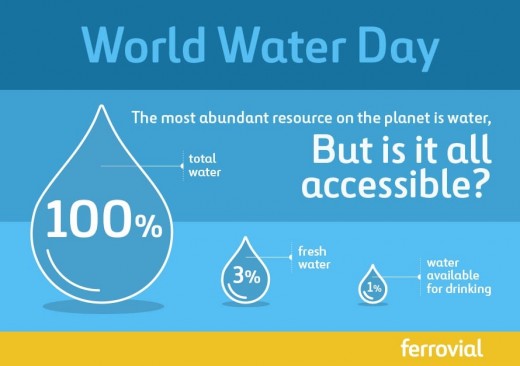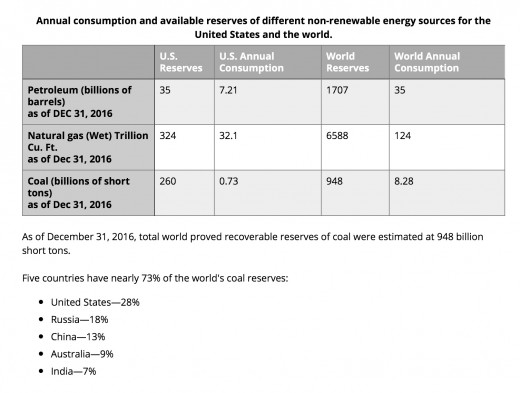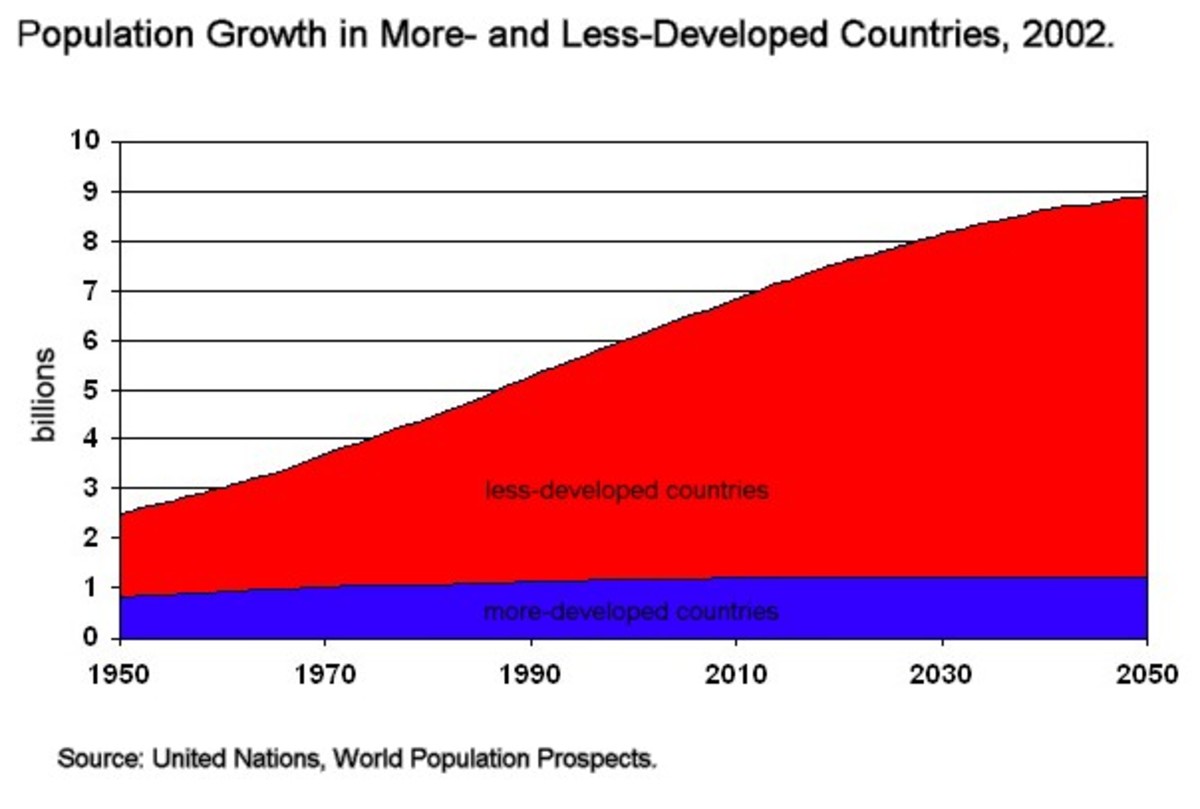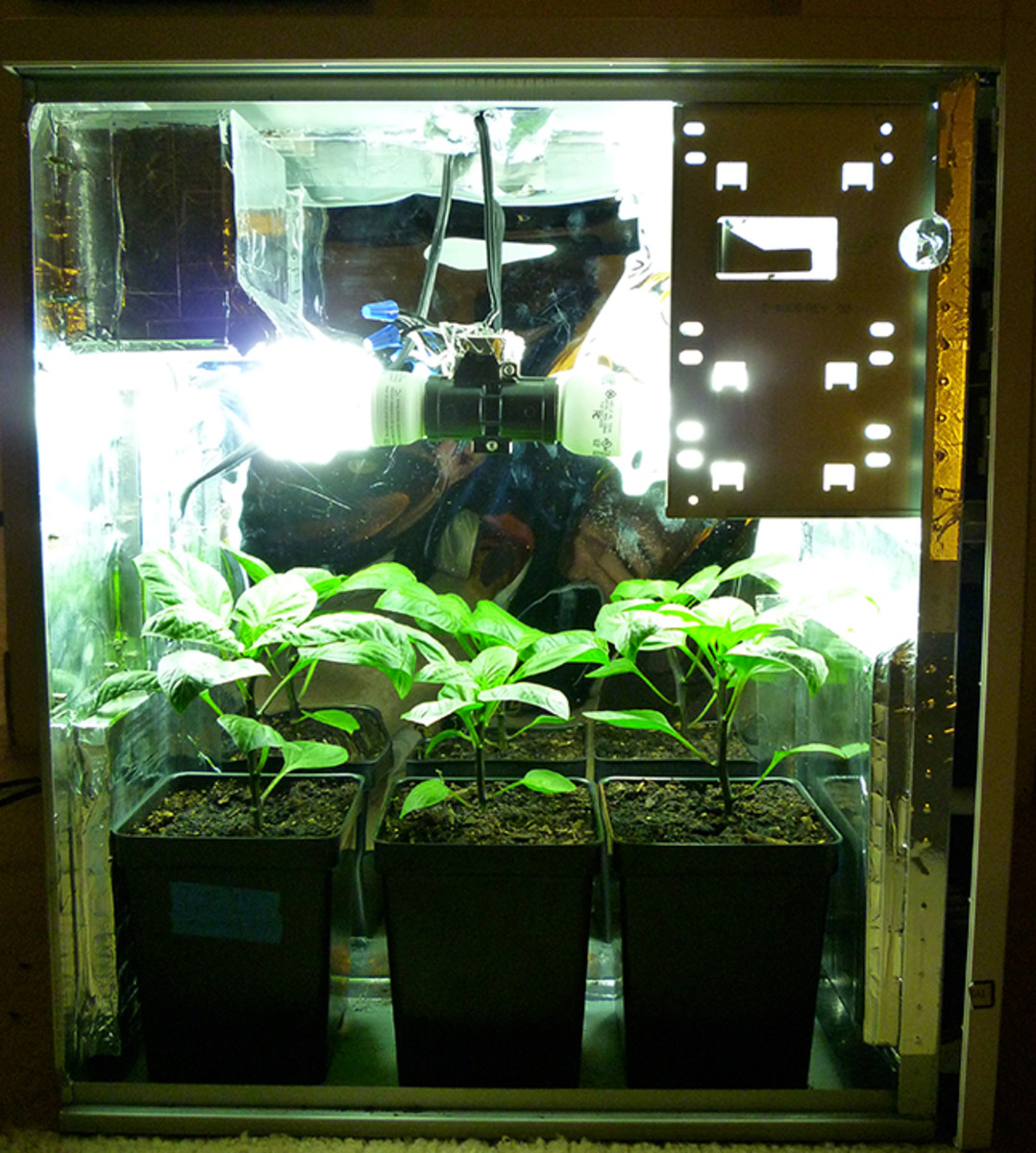Thinking Outside the Box - How to Estimate...

Introduction
Google is known for asking trick questions for its applicants. They are looking for smart people who can think outside the box. For example, estimate how many golf balls can fit inside a school bus?
This article ask the question what is the maximum capacity for humans on earth? How would you arrive at that number?
- July 2019
Background
This is an intellectual exercise to make people think. The current population of humans is roughly 7 billion. It has been rising steadily for the last 75 years ever since the end of world war II.
The size of the earth is fixed. Therefore, you would think there must be a maximum capacity for humans to exist on earth. Not only due to space but due to resources. We need oxygen, water good and energy to survive. At some point, one of those resources or a combination of them will cause the human population to be limited. There are other natural and manmade causes that can affect population. For example, the plaque or world wars or natural disasters like a major volcano eruption or tsunami.
The question is what is that limiting number, and how many years to reach that number?
Oxygen
The earth’s atmosphere is made up mostly of Oxygen 21%, and Nitrogen 78%. Oxygen comes from plants. It is estimated that it takes 8 adult trees for every human being living on earth. Since there are approximately 400 trees per person based on current numbers of 7 billion, that would put the upper bound on human population at 350 billion.
Clean Water
The earth has abundant amount of water. However, only 1% of it is drinkable. Of that, accessibility is also a huge issue. Many third world countries lack the infrastructure for basic plumbing and distribution of clean water. I think as population grows, it is up to the nations to provide the infrastructure needed to supply the water. It is the life blood of humans.

Food
We need food to survive. We have developed massive farms to produce food. Most of it is mechanized. As long as we have good weather, a reasonable growing season and the means to store and can foods, we should be able to supply food for billions of people. What is the limiting factor?
I think it is mostly a distribution problem. Unfortunately, many of the third world population do not live in areas of the world that are accessible. There are also corrupt governments which control the media and the access. Food is abundant but getting them to where the people most need them are the problem. The UN, Red Cross and other charities try to do their best but sometimes it is just too much to deal with.
One solution is to promote local farming and food production. Rather than give these people the finished product, they can be taught and given the resources to do their own farming and fishing to feed themselves.
Energy
Finally, we need energy such as electricity and gas to heat or cool our homes and to get us where we need to go. The average per capita energy use of Americans is 300 million BTU. The third world citizens have much lower requirements. Assume the average for the world is 100 million BTU per person, that would mean 100m multiply 7b equals 7e+17 per year as of 2017.
The following chart shows how much energy reserve is known and the top 5 countries.

Time Frame
The world’s population doubles approx. every 60 years at current growth rate.
Here is the bottom line. It appears the limiting factor is energy. This is hard to estimate because of two factors. The more people there are, the more energy they will consume. Second, there are other renewable energy sources that have not been exploited fully. It is a matter of economics that dictate which sources will be dominant. For example, as the cost of gas goes up, all electric vehicles and hydrogen cars may become economical. The source of energy can switch from coal to gas to solar and renewable over time. Nuclear power is also in the mix. If at some point when all other sources are exhausted, it appears we always have nuclear power as the last resorts despite its many safety issues. We also have our sun which is the source of all life.
Conclusion
It appears that we are safe for now. The basic necessities for life is abundant. Combined with our technology increases, we are able to meet the challenges of a rising population. The time frame is in the order of a few hundred years.
The population would rise to 14 Billion by 2080, and 28 billion by 2140 and 56 billion by 2200.
Of course all bets are off if there is a major disaster such as a nuclear war or an asteroid strike. Also, it is possible that our exploration of space will reach to the moon and mars where we can colonize. The final frontier.
Some Related Info
- How often does the world population double? - Quora
- How much energy does a person use in a year? - FAQ - U.S. Energy Information Administration (EIA)
Energy Information Administration - EIA - Official Energy Statistics from the U.S. Government - How many trees does it take to produce oxygen for one person? - BBC Science Focus Magazine
Deep breath, you're in for a big surprise when you find out how many trees we need to provide oxygen for our lungs. - We finally know how many trees there are in the world - Los Angeles Times
How many trees are there on planet Earth?
This content is accurate and true to the best of the author’s knowledge and is not meant to substitute for formal and individualized advice from a qualified professional.
© 2019 Jack Lee








